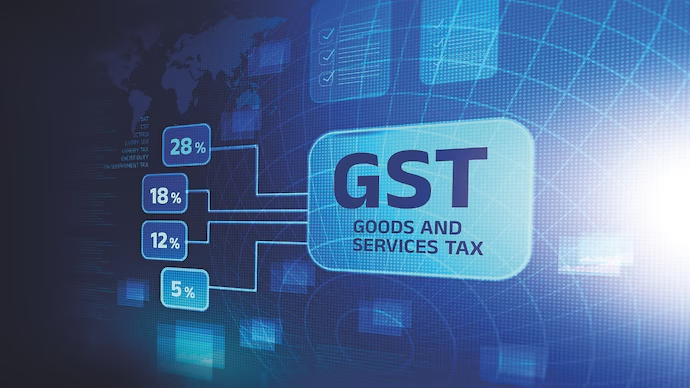Now Reading: GST 2.0: What the New Tax Reforms Mean for You
-
01
GST 2.0: What the New Tax Reforms Mean for You
GST 2.0: What the New Tax Reforms Mean for You

India’s Goods and Services Tax (GST) system has undergone a significant overhaul, effective from September 22, 2025. Dubbed “GST 2.0,” the new structure aims to simplify taxation, reduce costs, and boost economic activity. These changes are especially impactful in Tier-2 cities, where affordability and ease of doing business are crucial. Here’s what you need to know about the new tax reforms.
Simplified Tax Slabs
The multi-tiered GST system has been replaced with two primary tax rates: 5% and 18%. A 40% rate applies to luxury and sin goods. This simplification reduces complexity for businesses and consumers alike. For instance, in Nagpur, businesses are adjusting their pricing strategies to align with the new tax structure, either by lowering prices or increasing quantities to match the reduced tax rates .
Reduced Rates on Essentials
Everyday items such as soaps, shampoos, toothpaste, tableware, and bicycles now attract a 5% GST. Packaged foods like namkeen, sauces, pasta, chocolates, coffee, and preserved meat have seen their GST reduced from 12–18% to 5%. Additionally, Indian breads now attract either 5% or nil GST, making them more affordable for consumers.
Healthcare and Insurance Benefits
Life-saving drugs and critical medical items have experienced a GST cut from 12% to 0% or 5%, improving access to healthcare. Medical devices, spectacles, and diagnostic kits also benefit from lower rates, supporting both consumers and domestic manufacturing. Furthermore, individual life insurance policies, including term plans, endowments, and ULIPs, are now exempt from GST, making financial protection more affordable.
Consumer Durables and Housing
Consumer durables, including TVs over 32 inches, air conditioners, and dishwashers, now face an 18% GST instead of the previous 28%, making electronics more affordable while supporting domestic manufacturing. The GST on cement, marble, granite, and other building materials has been reduced from 28%/12% to 18% or 5%, lowering construction costs and benefiting home buyers and real estate projects.
Automotive Sector Relief
Two-wheelers, small cars, and auto parts now fall under 18% GST, down from 28%, reducing costs for consumers and boosting India’s automotive manufacturing and exports.
Support for Agriculture
GST on farm machinery, irrigation equipment, and bio-pesticides has been slashed to 5%, cutting farming costs and encouraging modernization in agriculture.
Impact on Small Businesses
The new GST framework aims to integrate small businesses into the tax net while reducing the compliance burden. Enhanced input tax credit (ITC) mechanisms and simplified return filing processes through automation and AI integration are part of the reforms, making it easier for small enterprises to comply with tax regulations.
E-invoicing and Digital Integration
E-invoicing thresholds have been adjusted, and tax rates on certain goods and services have been rationalized. Measures to curb tax evasion have been strengthened, promoting a more transparent and efficient tax system.
Economic Outlook
The GST 2.0 reforms are expected to contribute ₹2 lakh crore to the Indian economy, including ₹8,000 crore directly to Andhra Pradesh. These measures aim to boost household spending, ignite economic growth, and put more money in consumers’ pockets, especially benefiting households, businesses, and farmers.
Conclusion
GST 2.0 represents a significant step towards a more streamlined and equitable tax system in India. By simplifying tax structures and reducing rates on essential goods and services, the reforms aim to ease the financial burden on consumers and stimulate economic activity. As these changes take effect, both businesses and individuals in Tier-2 cities can look forward to a more efficient and affordable economic environment.























